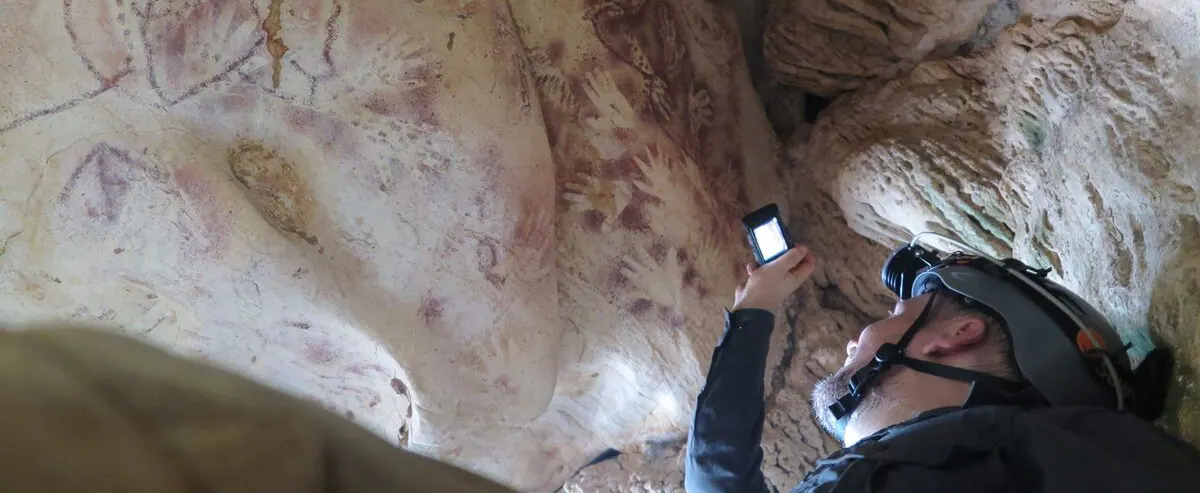After unveiling the oldest work of rock art, Quebec archaeologist Maxime Aubert does it again: with his team, he reveals to the world what would be the oldest known trace of an advanced medical procedure, an exceptional amputation carried out by a ” surgeon” from the Stone Age… 31,000 years ago.
It all started in 2020 with the discovery of the skeleton of a hunter-gatherer in a tomb at the site of Liang Tebo, a remote limestone cave located in the middle of the jungle in the Indonesian part of the island of Borneo, Asia from the South East.
Scientists quickly noticed that this individual, who would have been around 18 or 19 years old when he died, was missing a foot and the lower part of his left leg.
The signs of healing and cutting made it possible to establish that he would have been amputated six to nine years before his death, during his childhood. This removal was obviously not accidental, but quite voluntary, surely for medical reasons.
Amazing
A staggering observation: not only would this child have survived a very high-risk operation, but he would then have continued to live for several years despite his reduced mobility, and this in mountainous terrain. This could be explained by a strong sense of brotherhood in his group, according to the researchers.
“[Les membres de son peuple] recognized that it was necessary to cut this part of the leg for the survival of the individual, but it was also necessary that they have anatomical knowledge, to navigate the blood vessels”, is surprised the Lévisien of origin Maxime Aubert, who co-directed the research project.
For example, it requires detailed knowledge to stop blood loss or prevent infections. A surgical procedure of this nature requires intensive postoperative care, including cleaning the wound frequently.
“Probably they had found anesthetic, antibacterial, anti-inflammatory plants,” says the archaeologist and geochemist, a former Laval University resident for many years in Australia, where he is a professor at Griffith University.
“Amputation as a punishment is considered unlikely, especially given the careful treatment the individual received in life after amputation and during [son] burial,” says the scientific article published in the journal Nature.
before farming
The other surprise came from laboratory analyzes which specified the date of death: more than 31,000 years ago, before the revolution in agriculture and the invention of writing.
This discovery challenges our understanding of the beginnings of medicine, since the oldest previous indication of a surgical procedure – a French farmer of the Neolithic era amputated from the left forearm – dates back to only 7,000 years, according to the study.
“There is something really special that happened” at that time in Borneo, says Mr. Aubert, referring to the caves covered with sophisticated paintings located in the same region and the maritime knowledge that these peoples had.
Courtesy Tim Maloney
The discovery of the skeleton of this prehistoric patient took place in a remote limestone cave located in the middle of the jungle in the Indonesian part of the island of Borneo, in Southeast Asia.
This is another feat of arms for the Quebecer, whose team identified in 2019 the oldest known cave painting, a fresco with half-man, half-animal characters discovered on the neighboring island of Sulawesi and old 44,000 years old.










